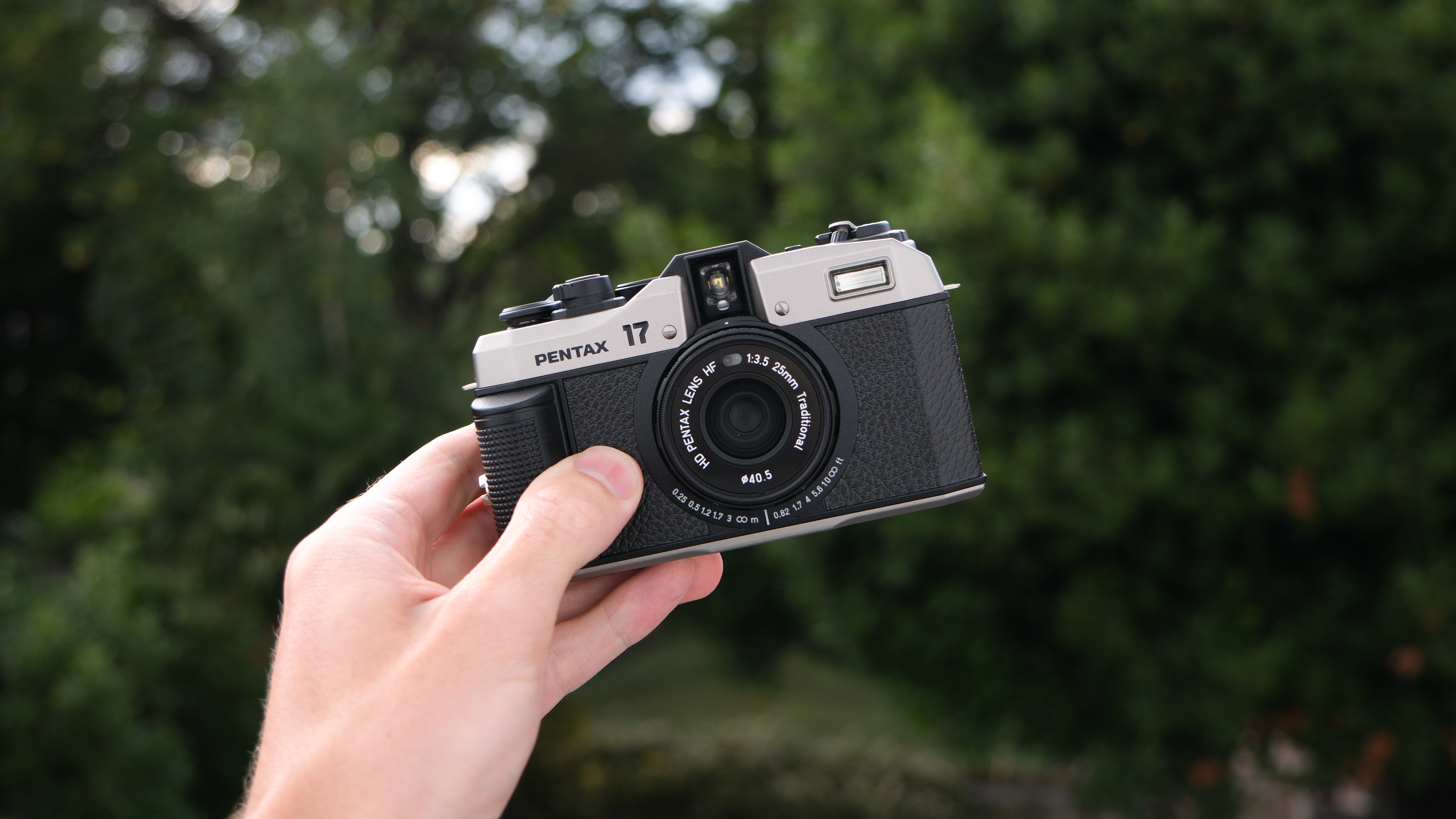Leica reintroducing the M6 film camera is a stroke of pure genius
Bringing back the classic 35mm rangefinder is only something the a manufacturer with Leica's heritage could pull off
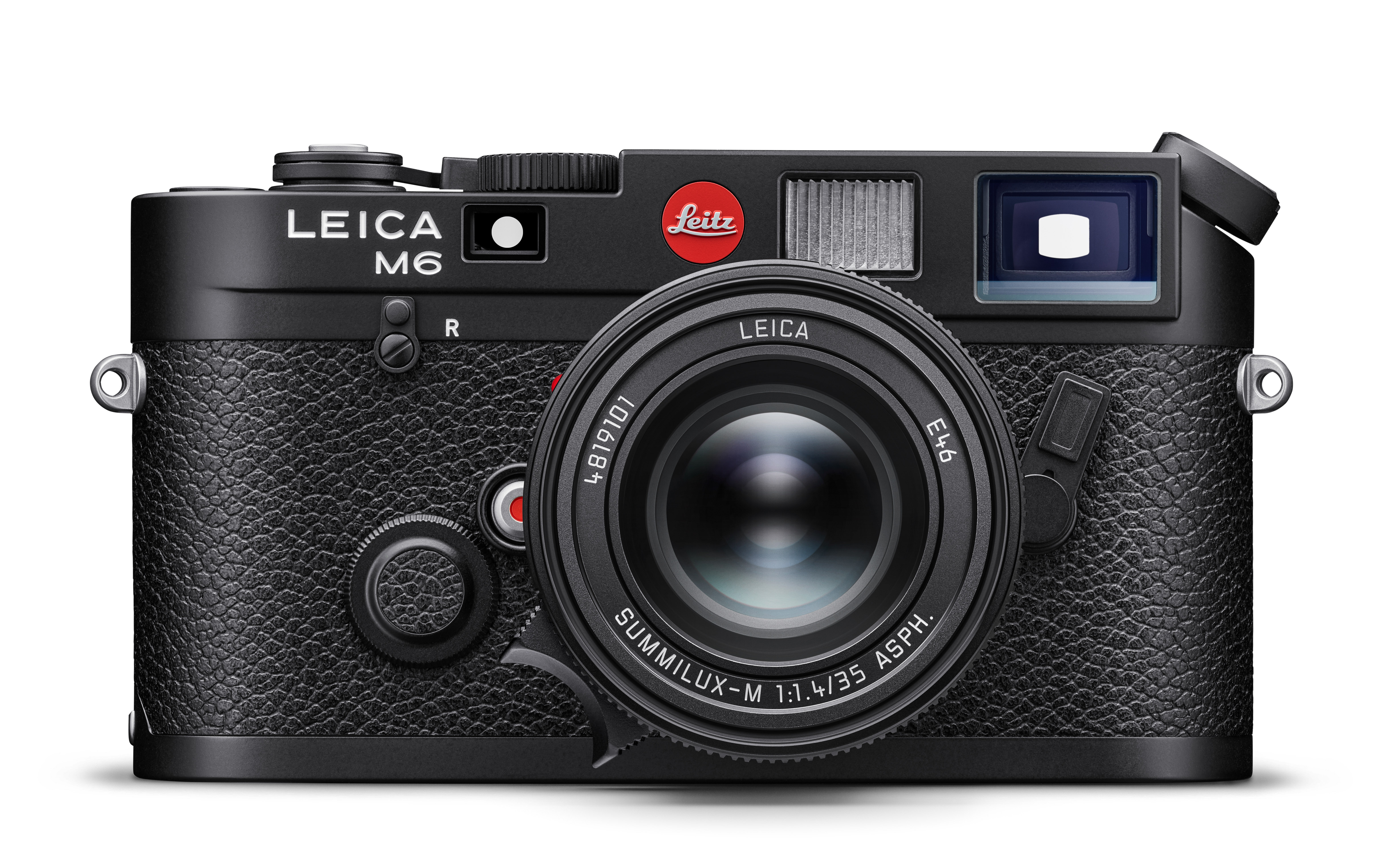
When I last visited Leica's smart HQ in Germany – which was a while ago thanks to a certain virus – we were taken on a factory tour at Leitz Park. Along the way, our guide explained that all the tooling from the original Leitz factory in Wetzlar is still in use to make parts for repairing the many mechanical Leica cameras that are also still out in the world. In fact, Leica can still service any film camera that’s up to 100 years old. It can also look in its archives and tell you exactly when your camera was built and where it first went after leaving the factory.
Whether the idea of resurrecting the M6 was kicking around at the end of 2019 isn’t clear, but having all the original tooling on hand would have made the idea much more feasible. It was during the height of the Covid-19 pandemic that the already highly-desirable mechanical 35mm Leica M cameras – and in particular the M6 which has been described as the best 35mm camera ever made – began sky-rocketing in value as demand reached new heights. This was allied with a much bigger interest in film photography – there were a lot of people with a lot of time on their hands – and a Leica M is really cool, right? It was probably about then that Leica decided it wouldn’t mind a slice of this action, especially as dusting off the original tooling made it rather easier – and more economical – than starting a new model project from scratch.
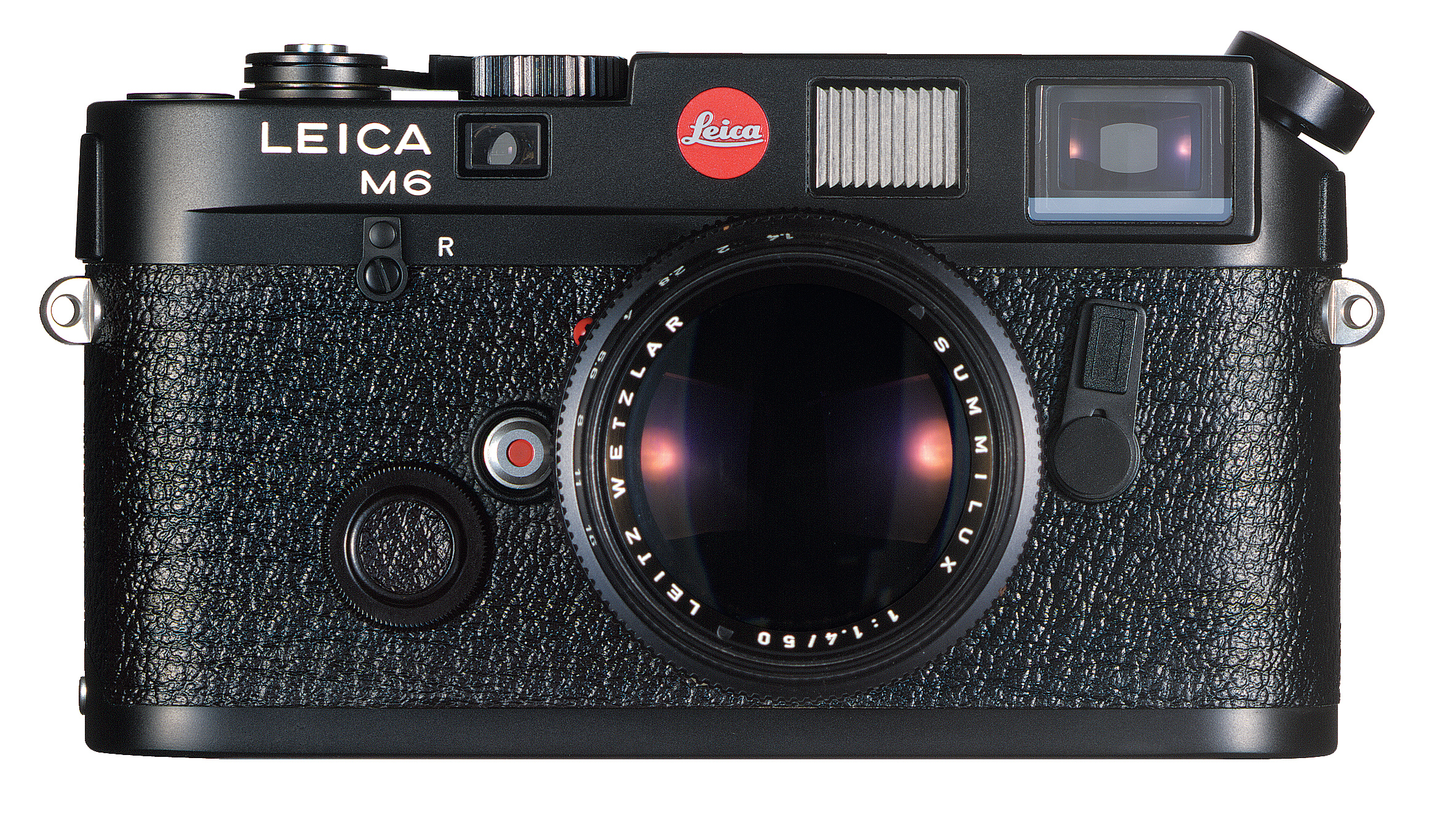
Of course, there’s been more to it than that, but even today, the digital M cameras are still largely hand-built and, remember, Leica has actually never stopped making a 35mm M series model... the M7 continued until mid-2018 and the MP, which was introduced in 2002, and the bare-bones M-A (2014) are still available. However, while the MP is essentially built to order, the revived M6 is in volume production.
OK, so Leica volumes are never huge, but put it this way, the new M6 is not a limited edition. Perhaps, not surprisingly, it looks like demand is going to be high for quite some time, and then it’s likely to be sustained at a level that will keep Leica’s bean-counters happy. Close to 175,000 examples of the original were built (which includes the M6 TTL and the M6J) and a good many of these are still in circulation, but obviously not enough even if the high prices might tempt some owners to sell.
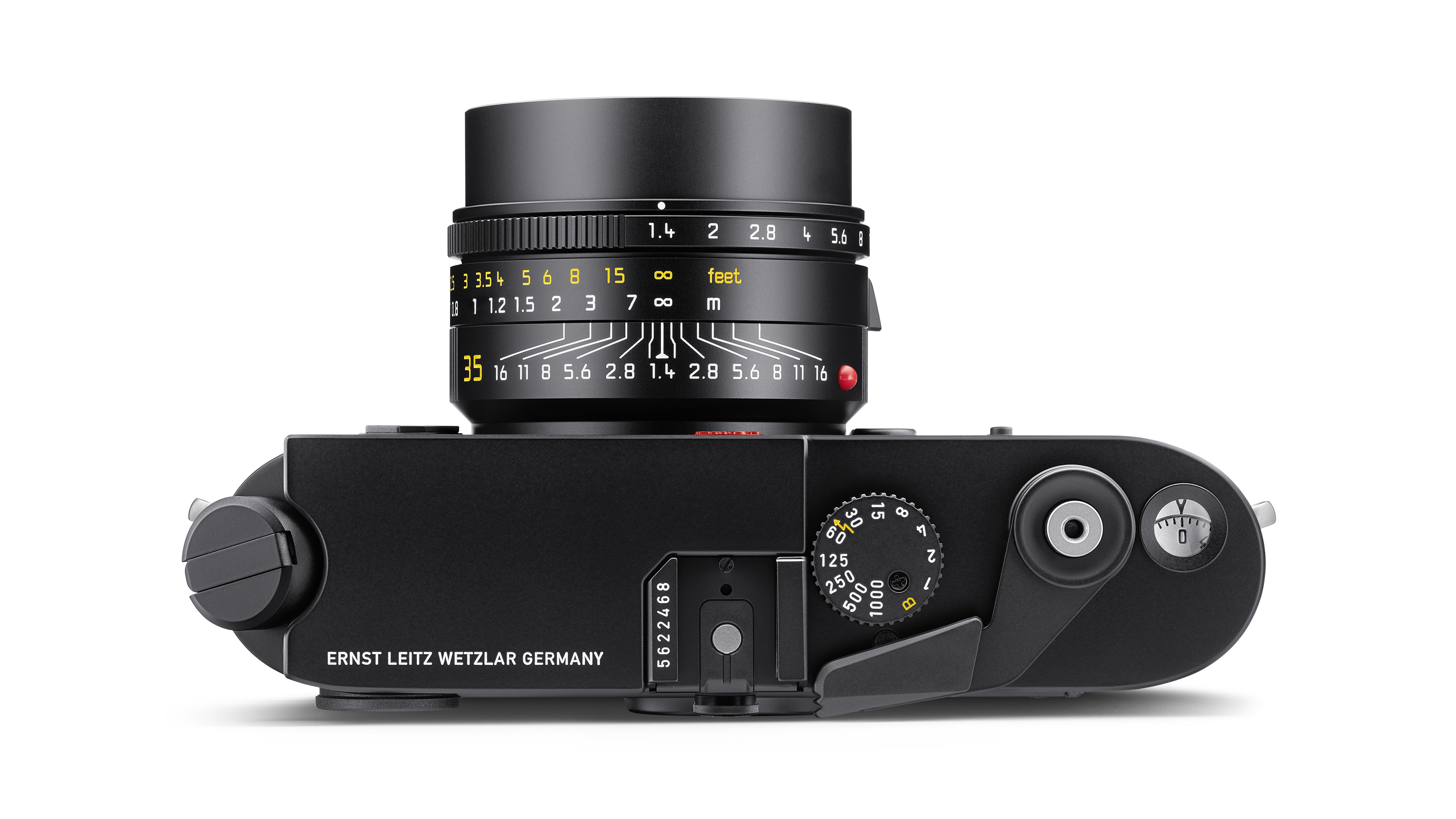
The originals are still going to appeal to some purists but, for many, the idea of a brand new film camera fresh out of the box (and with a warranty) is going to have more appeal. That said, the old models can still be serviced and repaired, and probably more readily now that there are more people who know how to build them and more spare parts. Interestingly, it’s the first model from 1984 that Leica is reprising rather than the later M6 TTL, which had TTL flash metering (all versions had TTL exposure metering) and this makes sense too... these are much more ‘available light’ cameras as evidenced by the number of ultra- fast lenses that are available in the M mount.
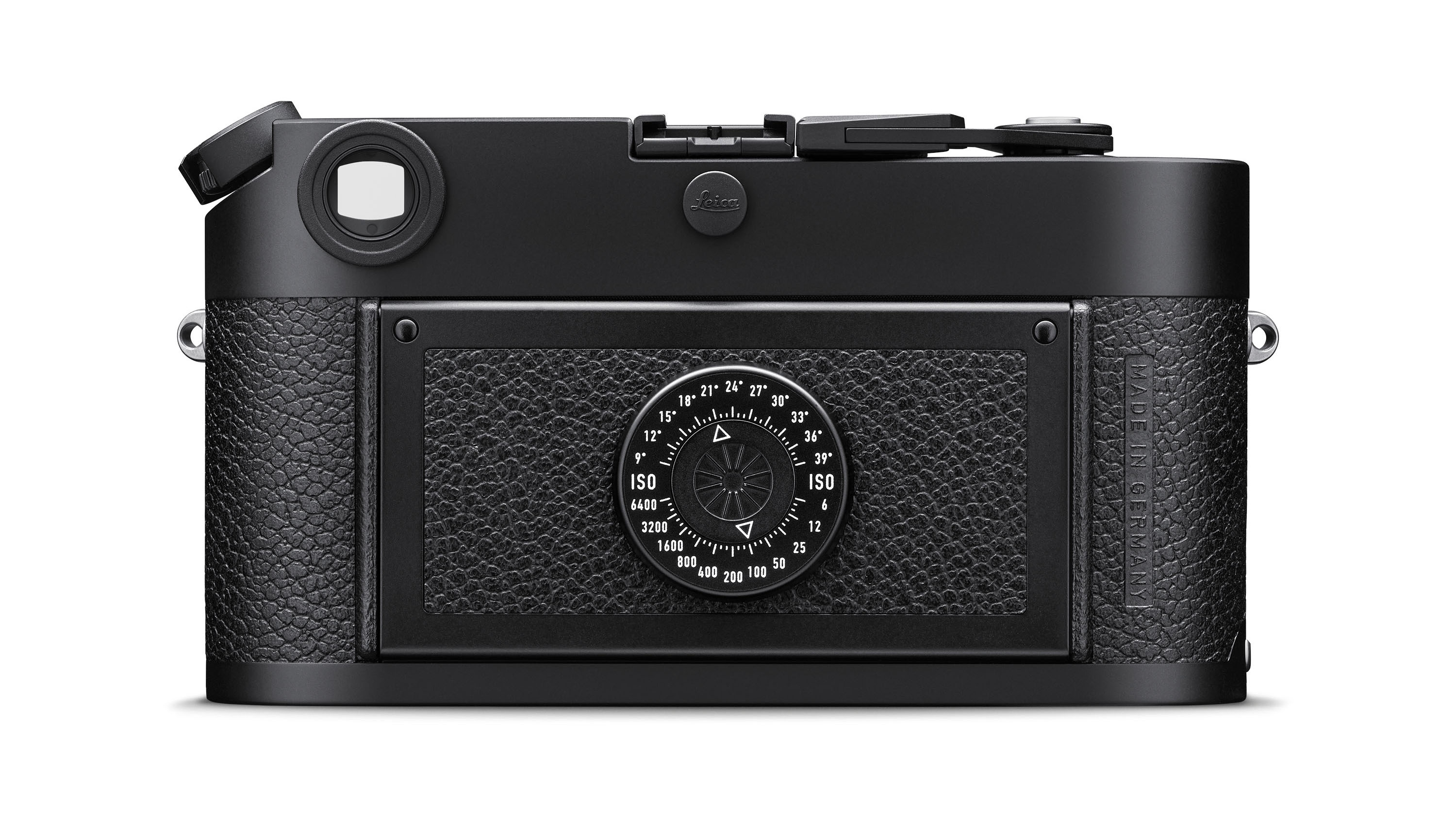
Leica has always emphasized that an understanding of its heritage has to be part
of its future, and this has certainly presented plenty of challenges with the digital M models as it tries to balance tradition with technology. But Leica also knows the value of its heritage and it’s going to pay dividends with the new M6, which is not retro-styled just for the sake of being trendy nor is it a reinterpretation or recreation. It’s the real thing, and the changes – such as making the top plate from brass rather than zinc alloy – don’t detract from the authenticity or genuineness.
This is a Leica M6, full stop, and the only real difference is the 20 years since the last one was screwed together at the old factory in Solms. Not many other camera makers could do this. The original Olympus OM-1? Definitely. The Nikon FM2? Probably. The Hasselblad 500C/M? Possibly. The key ingredient is integrity and if it wasn’t there at the start, it can’t be re-manufactured.
Get the Digital Camera World Newsletter
The best camera deals, reviews, product advice, and unmissable photography news, direct to your inbox!
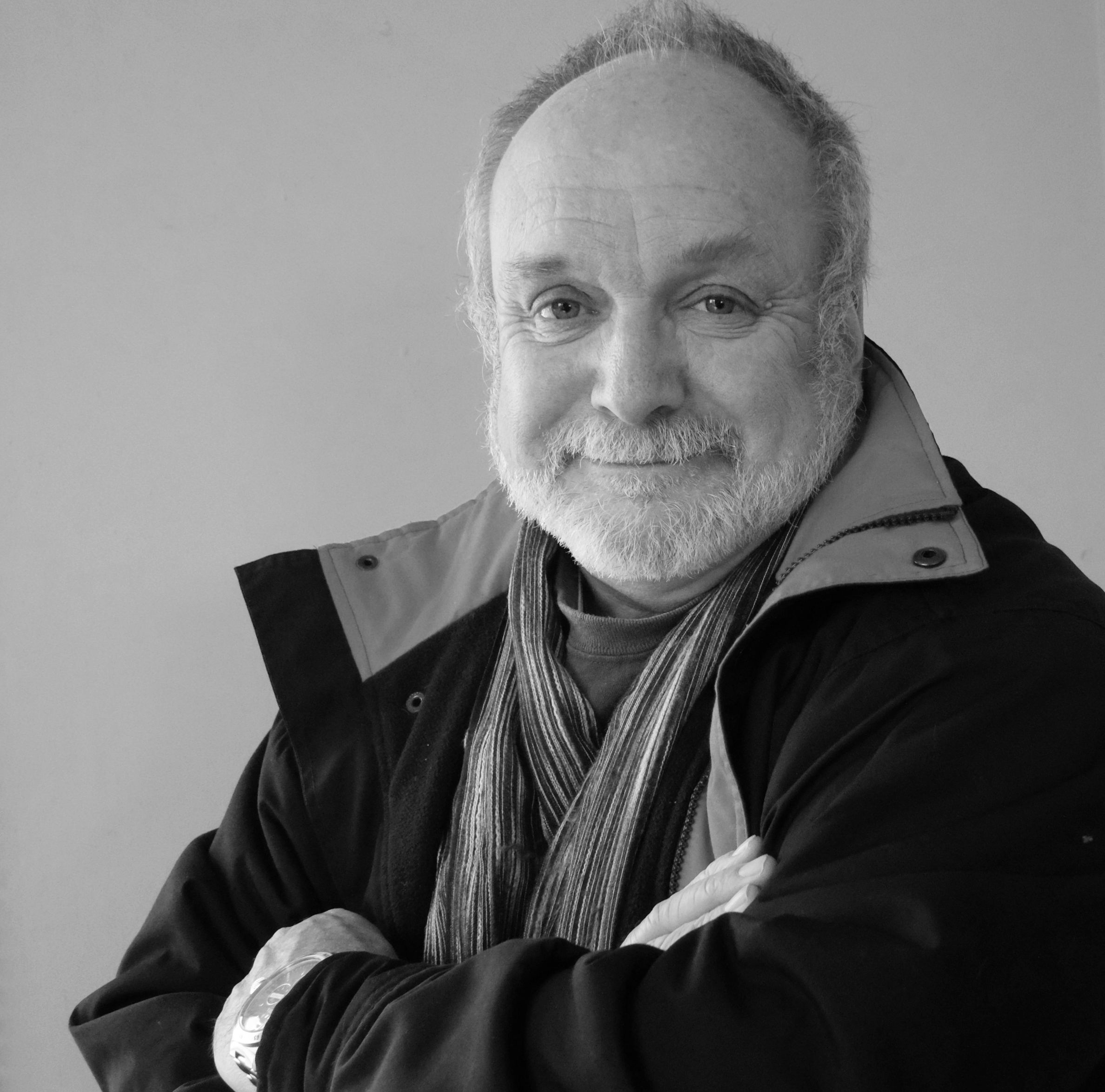
Paul has been writing about cameras, photography and photographers for 40 years. He joined Australian Camera as an editorial assistant in 1982, subsequently becoming the magazine’s technical editor, and has been editor since 1998. He is also the editor of sister publication ProPhoto, a position he has held since 1989. In 2011, Paul was made an Honorary Fellow of the Institute Of Australian Photography (AIPP) in recognition of his long-term contribution to the Australian photo industry. Outside of his magazine work, he is the editor of the Contemporary Photographers: Australia series of monographs which document the lives of Australia’s most important photographers.
